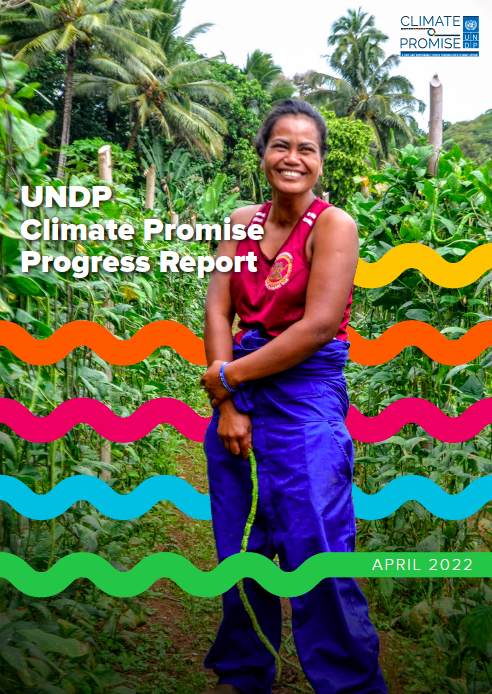LECB Programme Impact and Results: Zambia

In 2007, the Government of Zambia adopted the National Adaptation Programme of Action (NAPA). Implementation of the specific aspects of the NAPA included a Least Developed Countries Fund (LDCF) adaptation project in the agricultural sector and the development of a draft National Climate Change Response Strategy (NCCRS) focusing on capacity development for mainstreaming climate change into policy and programs. The country also formulated a Comprehensive Communication and Advocacy Strategy on climate change.
The LECB project sought to support the Government of Zambia in achieving its main development goals as defined in the Sixth National Development Plan (SDNP) (2011—2015), Vision 2030, Millennium Development Goals (MDGs) and the draft NCCRS. The specific country needs that were identified and prioritized through the LECB project were the following: developing a more sustainable GHG inventory system to support future National Communications; enhancing national capacity to implement mitigation measures to attain low carbon development pathways, developing up to four nationally appropriate mitigation actions (NAMAs) and to design the associated monitoring, reporting and verification (MRV) systems for the identified NAMAs.
At the implementation stage of LECB in 2012, the Government of Zambia was in the process of developing a Climate Resilient Low Emission Development (CRLED) programme as well as a policy, legal and regulatory framework for climate change – the National Policy on Climate Change was eventually launched in March 2017. Other relevant policies, all of which address climate change, included the National Disaster Management Policy and Act of 2010, the National Policy on Environment and the Environmental Management Act of 2011, as well as the National Water Resources Management Act of 2011.


